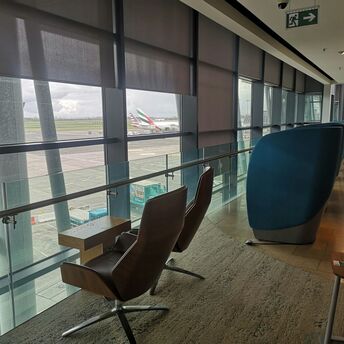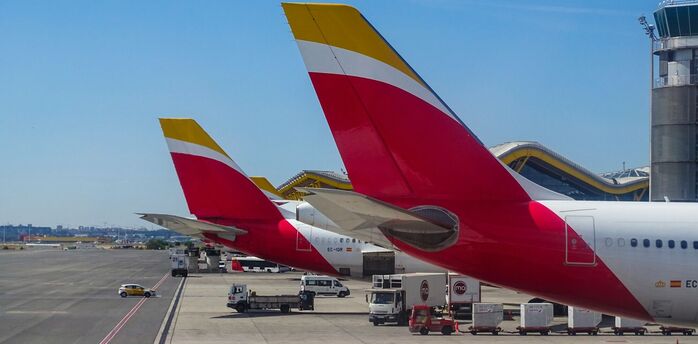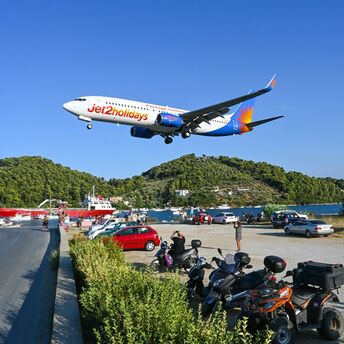The Chicago River Was a Toxic Wasteland. Now It's an Urban Oasis.

Chicagoans have long avoided the Chicago River—a waterway once so heavily polluted that its stench could make people sick. Since French explorers first charted it in 1673, the river has been manipulated, dredged, and channelized to support Chicago’s growing population. It served as a transportation artery and a dumping ground for industrial and human waste, contaminating the city’s drinking water and causing frequent cholera epidemics throughout the 19th and 20th centuries. Instead of directly addressing the pollution, the city reversed the river’s flow to bring clean water from Lake Michigan.
With changing public perception and the establishment of the Environmental Protection Agency, citizens finally had a government agency and regulations, like the 1972 Clean Water Act, to hold polluters accountable. Friends of the Chicago River, Openlands, Urban Rivers, and other organizations have spent years protecting and improving the waterway. These efforts have improved the water’s quality, and now Chicagoans are embracing their river, which touches a third of Chicago’s 77 community areas.
"I really have to stress to people the incredible opportunity we in Chicago have to turn this river back into the pride of our city," says Phil Nicodemus, research director at Urban Rivers.
From the North Branch of the Chicago River to the Little Calumet River, here’s how travelers can witness the remnants of the industrial past alongside efforts to restore and protect these waterways for future generations.
Bike Along the North Shore Channel
Before European settlement, the North Branch of the Chicago River was a thriving marshland. Drained and deforested to meet the needs of settlers, this area has now seen significant restoration efforts. At River Park, where the North Branch and North Shore Channel converge, visitors can observe the scars of a 1910 dam and the successful advocacy that led to its removal in 2018, allowing fish to travel freely from Goose Island to the Skokie Lagoons. Visitors can walk, run, or bike the North Shore Channel Trail or head south to the Riverview Bridge. Or launch a canoe from River Park to view the cityscape from the water.
Spot Urban Wildlife at Goose Island
Goose Island, an impractical site for naturalization due to its corrugated metal shoreline, now hosts the world’s first floating eco-park: the Wild Mile. This innovative project, anchored to the seawall, creates a wetland ecosystem for a diverse range of wildlife "people don’t expect to find deep in the city: beavers, muskrats, snapping turtles, and all types of insects, bats, and fish," says Nicodemus. Travelers can look for wildlife on the boardwalk, imbibe at Off Color Brewing’s adjacent patio, attend an Urban Rivers event, or kayak with the Shedd Aquarium.
Stroll Through a Revitalized Wetland
At Bubbly Creek, once notorious for the pollution described by Upton Sinclair in "The Jungle," visitors can stand at the spot that connected Chicago to the rest of the continent. The Illinois & Michigan Canal, opened in 1848, connected the Chicago River to the Mississippi River, facilitating trade from the East Coast. Urban Rivers and their partners have installed 3,000 square feet of floating wetlands to transform this once-degraded stretch of the river into a wildlife oasis. "While Bubbly Creek still has its challenges," says Nicodemus, "it’s a reminder of what the whole river system could look like—if enough care and attention is paid to clean pollution long forgotten about."
Visitors can best see the wetlands from Park No. 571 or Canal Origins and Canalport Riverwalk parks, which pay tribute to the Illinois & Michigan Canal.
Paddle an African American Heritage Trail
A short 30-minute drive from downtown, Beaubien Woods is the starting point of the African American Heritage Water Trail. It honors 180 years of African American history on the waterway that connects Lake Michigan to the Mississippi.
"Paddling along the water trail can be ethereal and spiritual," says Lillian Holden, regional water trails manager at Openlands, which offers guided tours. "When you combine the narration of history with nature, it’s a larger than life experience, especially if you understand the gravity of the stories as it relates to black history and American history."



















